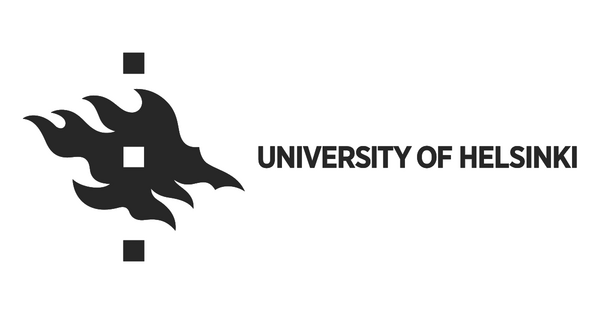University of Helsinki: Researchers discovered an important role for hydrogen bonding in mitochondrial disease mutation
Researchers from the Department of Physics, University of Helsinki, Finland and Jagiellonian University, Krakow, Poland found that a subtle hydrogen bonding rearrangement caused by an exercise-intolerance related mitochondrial disease mutation can perturb the normal functioning of the respiratory chain complex III. Complex III is one of the key enzymes that contributes to energy (ATP) generation in cells.
Energy is generated in the form of ATP in the mitochondria of the cells. A pathway known as the electron transport chain consists of five enzymes that together synthesize ATP by a complicated movement of electrons and protons. The third enzyme in this chain is cytochrome bc1 (or complex III), which in response to electron transfer reactions catalyze proton pumping.
Mutations in complex III are known to be responsible for several mitochondrial diseases. Spectroscopic experiments performed by Patryk Kuleta showed some distinct differences between the wild-type and the mutant enzyme. Kuleta works in the research group of Professor Artur Osyczka at Jagiellonian University, Krakow, Poland.
Jonathan Lasham
, a doctoral student at the department of Physics, University of Helsinki, employed classical molecular dynamics simulations and density functional theory calculations on wild type and mutant enzymes. The computational results not only provided a novel interpretation of the experimental data, but also yielded deeper mechanistic insights.
A single point mutation that changes amino acid glycine to serine stabilizes a stronger hydrogen bond to the heme group of complex III. This perturbs the redox potential and spin state of heme, which affects the wild type-like electron transfer function of complex III.
“These combined experimental-computational results provide detailed molecular insights into how diseases may emerge by point mutations in mitochondrial enzymes and provide grounds for developing therapeutics of the future”, summarizes
Vivek Sharma
, Academy Research Fellow and Sigrid Jusélius Senior Researcher from the Department of Physics at the University of Helsinki.
Computational resources required to achieve these results were provided by the Center for Scientific Computing (CSC), Finland and PRACE. Large scale molecular dynamics simulations were performed on the Mahti supercomputer available at CSC, Finland.

